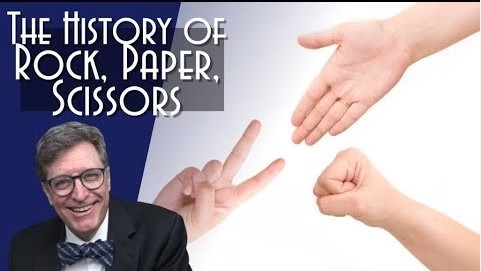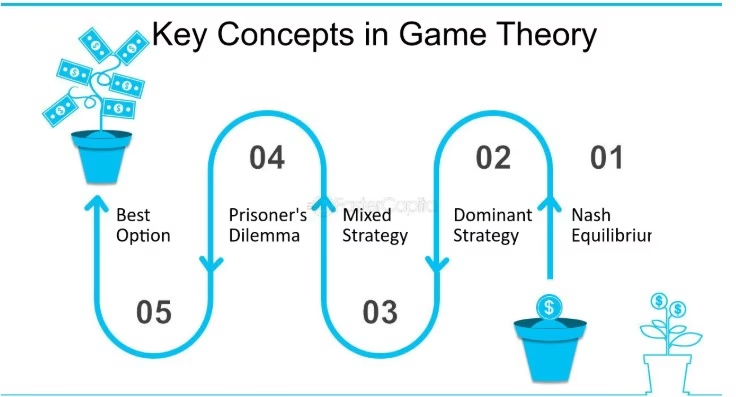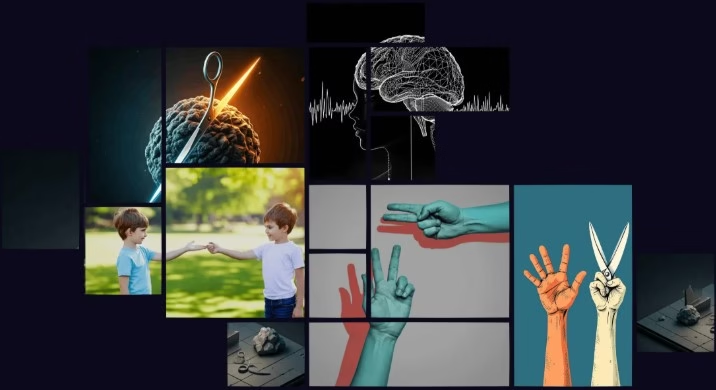What Beats Rock Game When the United States Faces Off Against Symbols of Power and Strategy?
Introduction
In a world where metaphors often mirror reality, the age-old game of Rock-Paper-Scissors becomes more than just child’s play—it transforms into a symbolic framework for power dynamics. “What beats rock?” isn’t just a question about a hand gesture, but a deeper inquiry into what overcomes brute strength, force, and rigidity. When we place the United States of America into this metaphorical arena, the stakes rise. America, a global superpower, stands as both a symbol of immense strength and strategic influence.
This thought experiment invites us to examine how nations like the U.S. use not just power, but also diplomacy, technology, and ideas to navigate an ever-evolving global landscape. By pitting symbolic elements against one another, we challenge conventional thinking and explore what truly triumphs in a world where strength alone no longer guarantees victory.
The Origin of Rock-Paper-Scissors and Its Symbolic Legacy

Rock-Paper-Scissors dates back centuries, originating in ancient China before spreading globally. While it’s widely known as a simple game of chance, it also reflects a balanced triad of strategies—force, adaptability, and precision. Rock symbolizes strength and resistance; paper, strategy and communication; scissors, speed and precision. Over time, this game has become a metaphor for conflict resolution and decision-making. It teaches that every strength has a counter and that simplicity can mask deeper truths about power, timing, and response in human interaction and governance.
Why the United States Represents More Than Just “Paper”
In traditional gameplay, paper beats rock by covering it—suggesting strategy can overcome strength. When symbolizing the United States, “paper” doesn’t go far enough. America is more than diplomacy or bureaucracy; it embodies military power, technological innovation, economic influence, and cultural dominance. From international treaties to Silicon Valley’s digital empire, the U.S. operates through layered strategies. Its global reach isn’t confined to one symbolic move, making it a dynamic force capable of both hard and soft power, often rewriting the rules of the symbolic battlefield.
Expanding the Game: Beyond Rock, Paper, and Scissors
The simplicity of Rock-Paper-Scissors makes it universally appealing, but it fails to capture the complexities of modern global dynamics. Today’s symbolic battleground includes more than just three elements. New “moves” like diplomacy, information, cyber power, economic sanctions, and cultural influence have emerged. These additions reflect the real-world tools nations use to gain leverage without physical confrontation. Expanding the game allows us to explore nuanced power plays and understand how influence, rather than brute strength, increasingly determines outcomes in global strategy and statecraft.
Rock as a Symbol: What It Represents in Power and Strategy
In symbolic terms, rock stands for brute force, military might, resistance, and tradition. It’s immovable, solid, and often the first choice in confrontational scenarios. For many nations, especially during conflict, “rock” represents the default use of hard power. However, in today’s interconnected world, relying solely on force often backfires. Rock may win in direct conflict, but it lacks flexibility. Understanding rock as a symbol reveals its limitations and underscores why nations must diversify their strategic approaches beyond pure strength.
Strategy vs. Strength: The USA’s Real-World Tactics
Throughout history, the United States has skillfully balanced brute strength with complex strategic thinking. From the Cold War to the digital age, the U.S. has used alliances, intelligence, diplomacy, and economic incentives to achieve its goals without resorting to direct conflict. While military might remains a key asset, American influence often stems from soft power and long-term planning. Whether it’s shaping global markets or leading international coalitions, the U.S. frequently opts for calculated strategy over simple displays of force—showing that brain often beats rock brawn.
Symbols That Beat Rock: Innovation, Influence, and Information

In today’s world, rock is no longer unbeatable. Innovation, influence, and information have emerged as powerful symbolic forces that often surpass brute strength. Technology can disrupt traditional power structures, media can reshape public opinion, and information warfare can destabilize even the most rigid regimes. These modern “moves” are less about direct confrontation and more about shifting the battlefield itself. In this context, the United States often wields innovation and influence more effectively than force, proving that rock can be broken by sharper, smarter tools.
Global Players and Their Moves Against the Rock
Other nations have found ways to counter “rock” without matching its strength. China uses economic partnerships and infrastructure investments; Russia employs information warfare and cyber tactics; the European Union leverages regulatory power and diplomacy. These strategies show that symbolic tools like trust, fear, and connectivity can rival military might. Each global player uses a unique set of symbolic “moves” that reflect cultural, political, and economic priorities—highlighting how the power game today is far more layered than a simple contest of strength.
America’s Greatest Strategic Assets in the Modern Game
The United States has many powerful “moves” at its disposal beyond brute force. Its technological leadership, vast economic influence, unmatched global media presence, and deep network of alliances make it a strategic giant. From Silicon Valley innovations to Hollywood’s cultural reach and NATO’s military backing, America operates across multiple symbolic dimensions. These assets give the U.S. an edge in non-traditional battles where ideas, perceptions, and systems matter more than tanks and missiles. In the modern power game, such tools often outmaneuver the metaphorical rock.
When Rock Wins: Situations Where Brute Force Prevails
Despite the rise of symbolic and strategic tools, there are still moments when raw power—rock—wins decisively. In times of war, national defense, or internal rebellion, military strength remains a crucial option. The U.S. has demonstrated this in conflicts where diplomacy failed or time was limited. While not always ideal, the threat or use of force can quickly shift outcomes. Rock prevails when immediacy and dominance are necessary, showing that sometimes, overwhelming strength is the only effective answer to pressing threats.
Game Theory and National Strategy: Real Lessons from Play

Game theory provides a powerful lens to understand national decision-making. It teaches that optimal moves depend on predicting the actions of others, weighing risks, and leveraging limited resources. The U.S. often applies this thinking through negotiations, deterrence strategies, and global positioning. From economic sanctions to arms treaties, these calculated moves resemble advanced gameplay, where knowing the rules—and when to bend them—creates advantage. This theory helps explain how and why America chooses its actions, especially when navigating complex geopolitical “games.”
Conclusion:
In the modern world, the answer to “What beats rock?” is more nuanced than ever. While force still plays a role, it’s no longer the ultimate tool. Innovation, strategic alliances, cultural influence, and information power frequently outmaneuver brute strength. The United States exemplifies this shift, wielding both hard and soft power to maintain global leadership. By recognizing when to use strength and when to use strategy, America often chooses the winning move. In today’s symbolic battlefield, it’s not just about beating rock—it’s about outthinking it.
You Can Also Read: Traditional Clothing of the United States
FAQS
What beats what in the rock paper scissors game?
A beats rock scissors, scissors beat paper by cutting it, and paper beats rock by covering it. In this simulation, the computer has two different strategies that it can follow. Rock, paper, scissors is an example of a zero-sum game without perfect information. Whenever one player wins, the other loses.
Does What Beats Rock use AI?
Then you decide what beats rock the thing you wrote, then what beats that, and so on, and so on, and so on. So, yes, it’s an AI-powered game, with all the caveats and iffiness and soul-searching that implies, but I’m afraid it’s very fun indeed.
What is bigger than sand?
Sand ranges from 0.05 to 2.0 mm. Particles larger than 2.0 mm are called gravel or stones. Most soils contain a mixture of sand, silt and clay in different proportions.
Is rock-paper-scissors fair?
Rock paper scissors is often used as a fair choosing method between two people, similar to coin flipping, drawing straws, or throwing dice in order to settle a dispute or make an unbiased group decision.

Wow amazing blog layout How long have you been blogging for you made blogging look easy The overall look of your web site is magnificent as well as the content
Your blog is a true hidden gem on the internet. Your thoughtful analysis and in-depth commentary set you apart from the crowd. Keep up the excellent work!
Your blog has quickly become my go-to source for reliable information and thought-provoking commentary. I’m constantly recommending it to friends and colleagues. Keep up the excellent work!